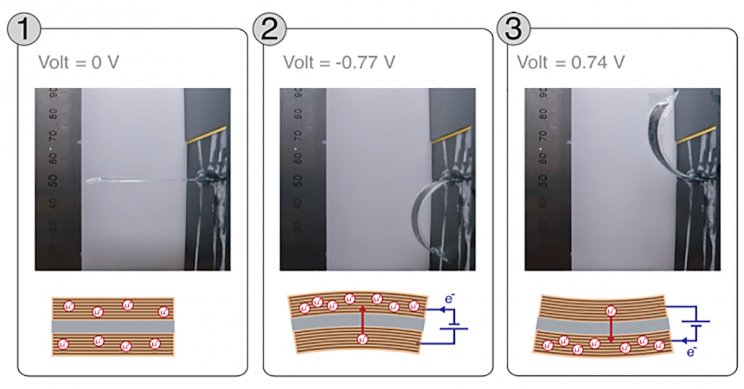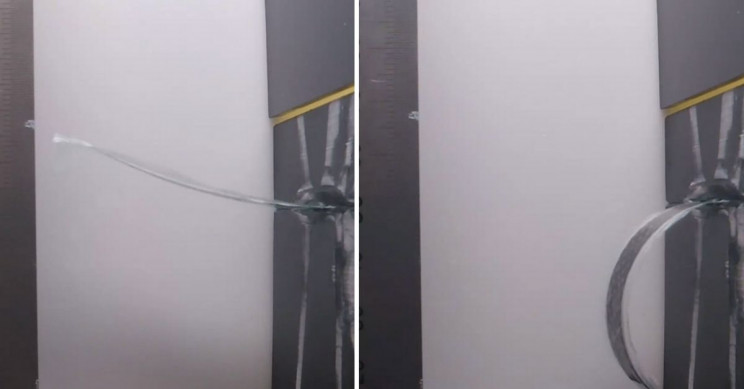How amazing would it be if wind turbine blades could change their shape in order to enhance their efficiency? Or what if the wings of an airplane were able to move on their own without relying on the use of hydraulic rudders or ailerons? These are just two of the uses from a list of many uses that a new carbon fiber material can offer.
This latest carbon fiber material has been developed by a team of researchers located in Sweden. The KTH Royal Institute of Technology researchers have shown their proof of concept study and published it in the Proceedings of the National Academy of Sciences of the United States of America (PNAS).

The solid-state carbon fiber composite that has been developed by the KTH Royal Institute of Technology researchers can change its shape with the help of electronic impulses. Daniel Zenkert, the co-author of the study, said that the material shows the useful properties of shape-morphing materials. However, it can do so without having to worry about weight and insufficient mechanical stiffness. Zenkert said, ‘Shape-shifting technologies are typically used in robotics, satellite booms, and more thanks to systems with heavy mechanical motors, hydraulic and pneumatic pumps, or solenoids.’ Such mechanical systems are known as ‘parasitic weight’ and can cost a fortune to maintain.
A way of keeping the cost minimal while also avoiding the bulky mechanical systems is to rely on solid-state morphing materials such as this new carbon fiber. Zenkert also said, ‘We have developed an entirely new concept. It’s lightweight, stiffer than aluminum and the material changes shape using electric current.’ The material is capable of creating huge deformations and can even maintain them without the requirement of extra power.

The new carbon fiber composite has been made by relying on three layers. Two of these layers are commercial carbon fiber that has been laced with lithium-ions on both sides of the thin separator. By providing electric current, the lithium-ions move from one side to the other thus causing the material to bend. All that you have to do is to reverse the current and the material returns to its original shape.
Zenkert said, ‘We have for some time worked with structural batteries, such as carbon fiber composites that also store energy like a lithium-ion battery. Now we have further developed the work. We expect it leads to completely new concepts for materials that change shape only by electrical control, materials that are also light and rigid.’


